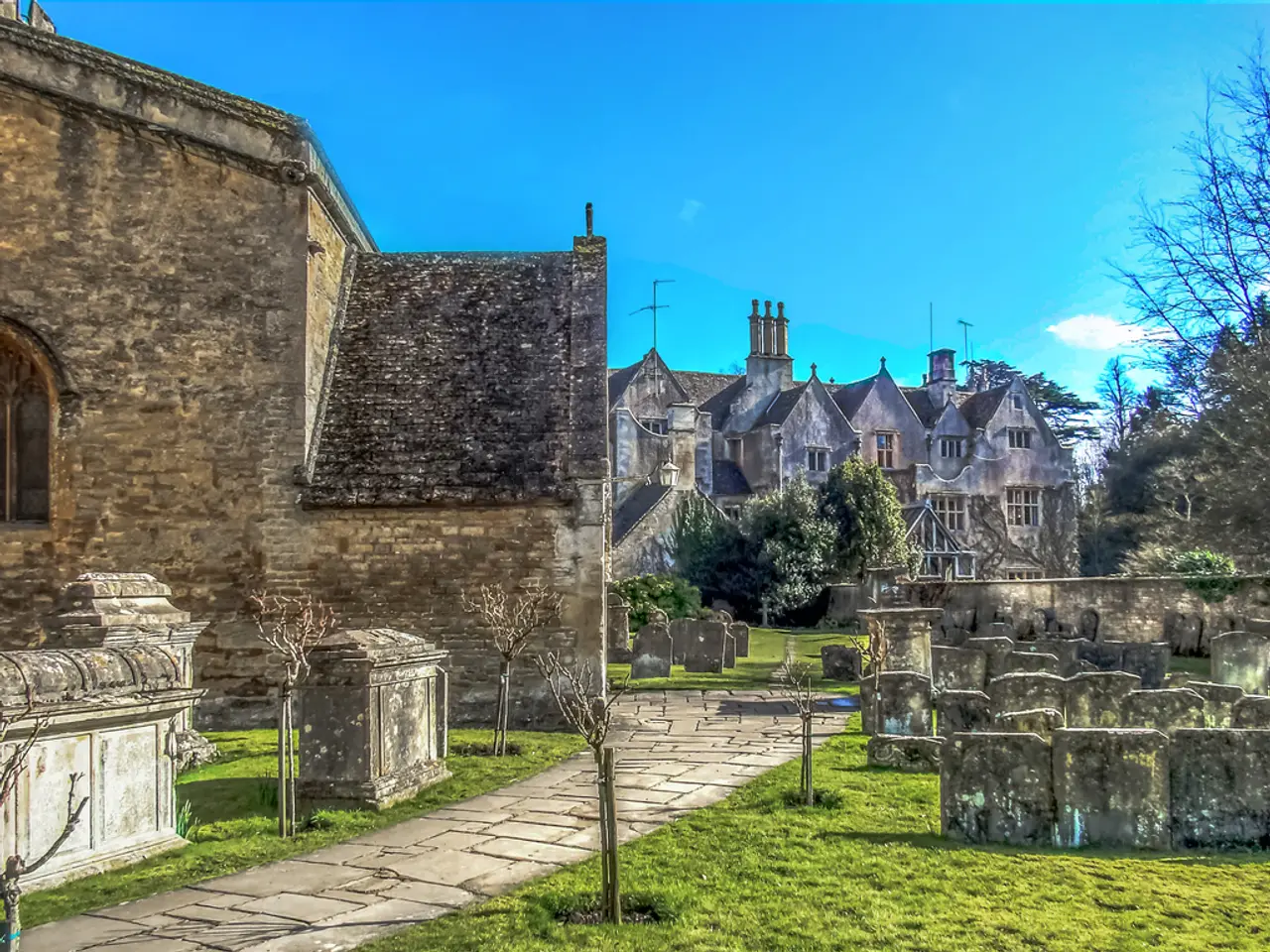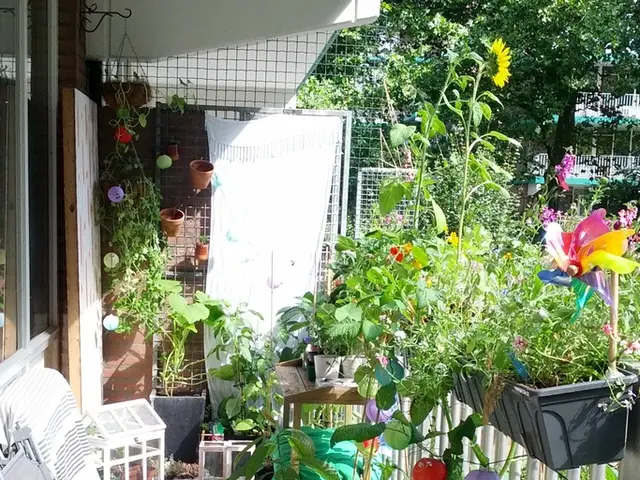Ridding the Countryside of Swimming Pools in Favor of Padel Courts: Enticing a New Generation to Rural Living
Young Home Buyers Embrace the Countryside
In a notable shift, younger buyers are increasingly drawn to rural living, particularly in the Home Counties, South-West, and South-East regions. The appeal lies in a blend of affordability, access to utilities and infrastructure, and proximity to economic hubs.
Balancing Budget and Connectivity
Young buyers, often facing challenges in saving for large down payments and closing costs, prioritise homes that offer a balance between affordability and the practical feasibility of living and building in rural settings. They must also consider the availability and quality of utilities and infrastructure, such as reliable connections to sewage, water, electricity, and high-speed internet.
Many resort to off-grid solutions like solar power and septic tanks if infrastructure is lacking, but the legal access and roadways to the properties are critical to avoid disputes and enable building permits, especially for cheaper rural land parcels.
Proximity to Opportunities
Homes in suburban and semi-rural areas around major cities offer a "sweet spot" of suburban amenities and job access without urban price premiums, making these areas attractive for slower-paced living with economic opportunity nearby. However, limited inventory in sought-after suburbs leads to quicker sales and more bidding competition.
Influence of Market Conditions
In some regions, rising demand from investors and urban transplants pushes prices up and limits availability, complicating affordability for young buyers. These market conditions, affected by investor activity and limited supply, shape the home buying priorities and choices of younger countryside home buyers.
London Connections and Modern Amenities
The growth of remote work has been beneficial for areas like Bath, Somerset, where maintaining London connections is easy due to fast, direct trains. Younger buyers also prioritise fast broadband and decent mobile signal, and are interested in 'wellness' features like ponds/lakes for wild swimming, saunas, and hot tubs.
Modern Expectations
Younger buyers prefer homes with a combination of open-plan layout and quiet rooms for potential offices, outbuildings suitable for welcoming clients, and well-renovated homes with big kitchens and generous living spaces for entertaining. Tennis or, preferably, padel courts are also desired.
Swimming pools are not preferred due to maintenance issues, especially during family summer holidays. Good state schools are considered important but not a deal-breaker. Some of these younger buyers are entering the market through inheritance, while others are using funds from the early sale of parental homes to mitigate inheritance-tax concerns.
A Shift in the Buyer Profile
According to Joanna Cocking, head of Hamptons Private Office, Country, there has been an evolution in the profile of buyers, with a shift towards a younger age bracket (35-45). Matthew Hodder-Williams of Knight Frank in Sevenoaks, Kent, reports an increase in interest from buyers currently living in areas such as Fulham and Wimbledon, due to the area's strong links to London and reliable access to the city.
Jamie Freeman of Haringtons UK states that younger purchasers in the countryside prefer homes they can move into immediately, rather than undergoing lengthy renovations. Philippa Dalby-Welsh, head of Savills Country House Department, notes the preference for home offices with clients coming to the house.
According to Knight Frank Research, the percentage of younger parents buying homes outside London has increased over the past 12 years. Charlie Taylor, a partner at Knight Frank in Bath, Somerset, notes that this trend has been beneficial for his area, as maintaining London connections is easy due to fast, direct trains. The proportion of sales to buyers under 50 years old across Knight Frank's country business rose from 48% in 2012 to 61% last year.
In summary, younger home buyers in the countryside are balancing budget realities and upfront costs, the practical feasibility of living and building in rural settings, connectivity to jobs and amenities, and market conditions affected by investor activity and limited supply. These factors shape their home buying priorities and choices in 2025.
- Younger buyers in the countryside prioritize modern amenities, such as fast broadband, decent mobile signal, and 'wellness' features like ponds/lakes for wild swimming, saunas, and hot tubs, demonstrating a desire for a balance between rural living and contemporary lifestyle.
- In line with market trends, there's a shift towards younger buyers (35-45) moving to the countryside, opting for homes they can move into immediately, rather than undergoing lengthy renovations.
- The increase in interest from buyers residing in urban areas like Fulham and Wimbledon, owing to strong links to London and reliable access to the city, signifies a preference for suburban and semi-rural homes that offer a combination of rural charm and urban proximity.
- While maintaining good state schools is considered important, young buyers are increasingly using funds from the early sale of parental homes to mitigate inheritance-tax concerns and are entering the market through inheritance, demonstrating a new approach to countryside home buying.




